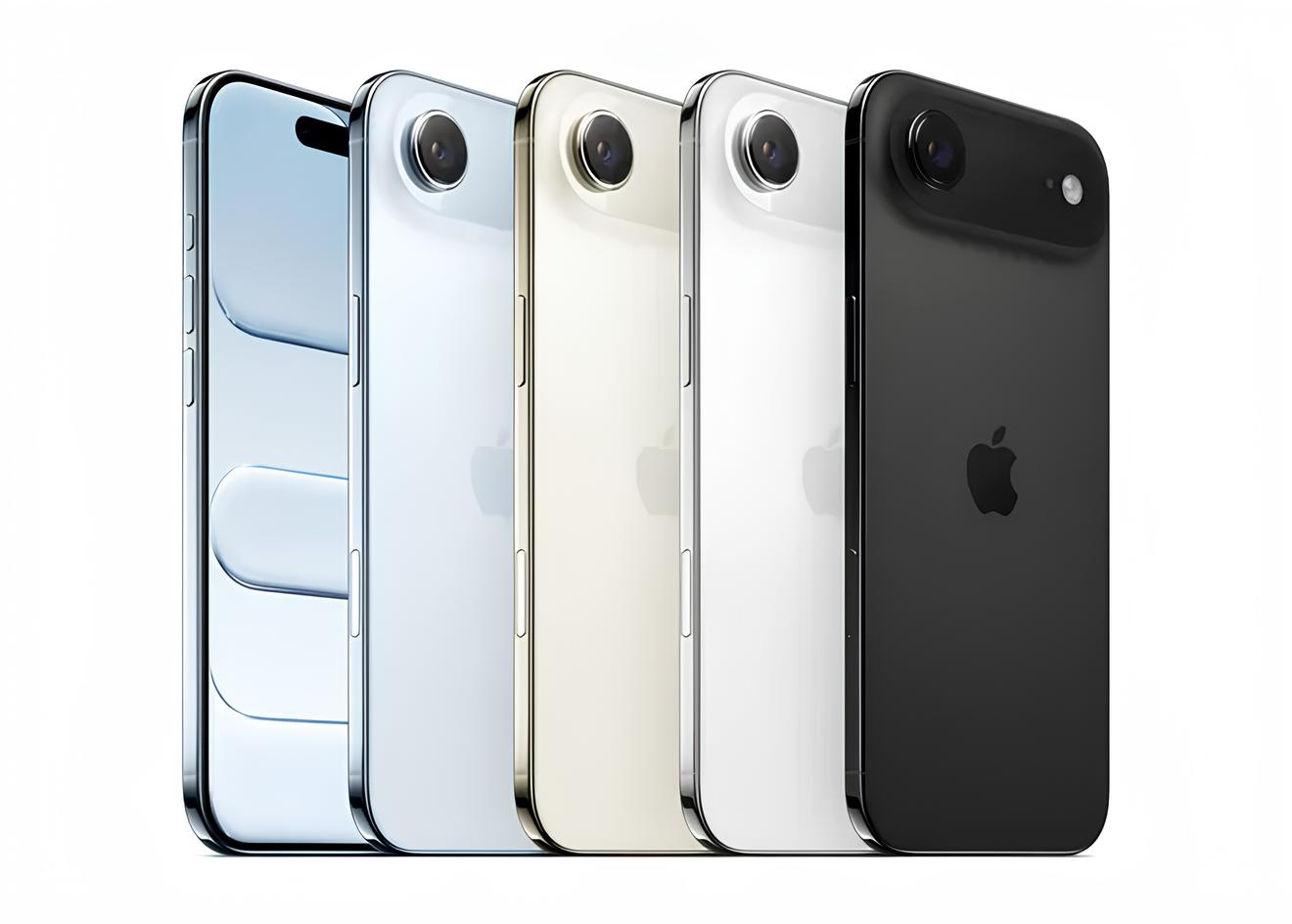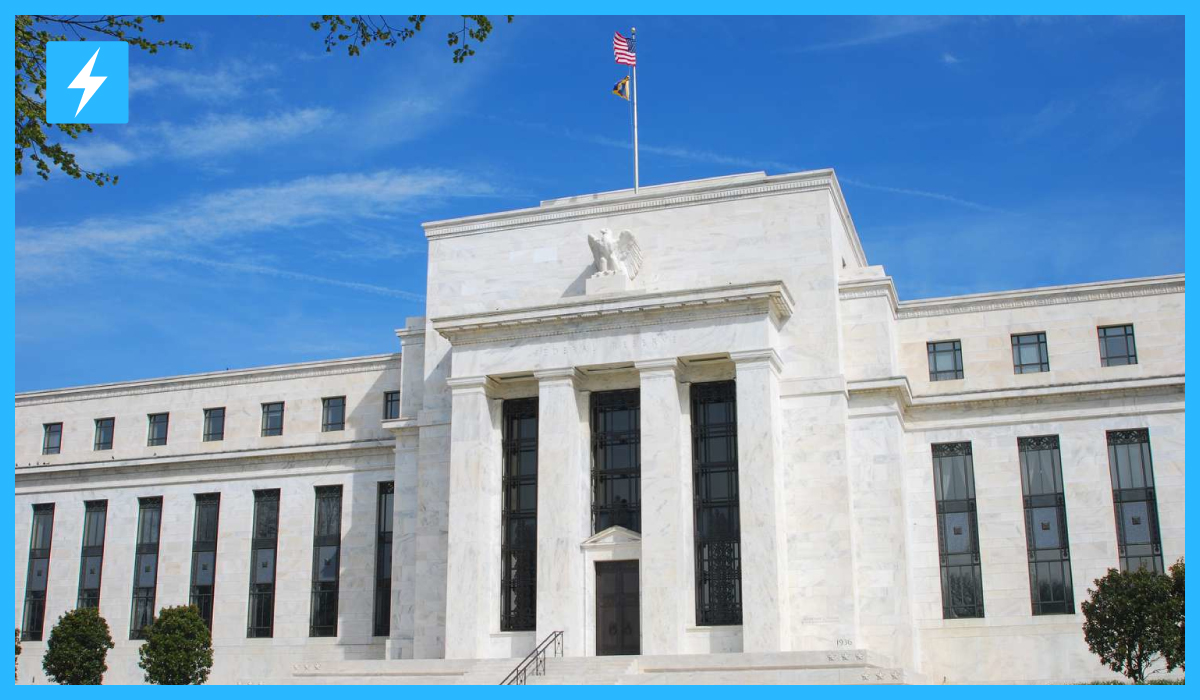Rethinking Trump’s Conservative Credentials
For 10 years the issue of what role Trump True Conservative movement has been a hot topic of argument within and without the Republican Party. Critics put forth that he is at best a populist performer which puts on a conservative show without the substance to back it up they see him as a0 which support him see his term as very conservative and transformational in the history of modern American.
This debate came to a head during his second term which saw the implementation of what some on the right wing embraced and left wing criticized as very controversial policies which included cuts to public broadcasting and aggressive immigration actions. Is Trump a real conservative? That question is left to be answered not by what he said but by the results of his policies and actions as president.
Defining Conservatism: Which ones are included?
To see if Trump fits into the conservative profile we must first look at what we mean by “conservatism” in America. Historically conservation has supported a small federal role, low tax rates, a fiscally tight ship, strong national defense, less regulation, free market policies and a respect for what is familiar in social and cultural life. In the social sphere the focus has been on traditional family values, against abortion, religious freedom, and a wariness of large scale social change. Thinkers and leaders like Ronald Reagan and William F. Buckley Jr. set out these tenets which at the time gave the movement is intellectual and ideological structure.
Trump transformed these traditions. He broke with free trade dogma, put out a strong nationalist message, and mixed in populism with what passed for old conservative values. His administration’s focus was what the base would respond to best which at times aligned with and at other times went against what we have seen out of the right in the past.
Policy in Action: Conservative Wins and Controversies.
One of the signs of Trump’s push to the right was his success in eliminating taxpayer support for what he and his base saw as liberal media like NPR and PBS. From the start, cutting government aid to what was perceived as progressive media was a right wing issue. Trump, in collaboration with Congress, fulfilled this promise in July 2025 the House passed a bill to cut $1billion from the Corporation for Public Broadcasting which made real a goal that previous Republican presidents had only talked about.
That move was very criticized by liberal groups which saw it as an attack on public institutions, but for many on the right it was a victory in the quest to end what they perceived as government favoritism towards left wing media.
Trump also put out a record which saw him support in large part the anti abortion cause, push for tough immigration enforcement which included the border wall and travel bans, see in a series of business and individual tax cuts, and put into the federal bench, including the Supreme Court, very conservative judges. Also in this time many of these policies were of a scale that surpassed what past Republican leaders put forth.
However we see that which is different. Though he put forth pro life views Trump at times had a mixed or transactional approach to abortion and social issues which in turn created tension with traditional conservatives. Also while he supported tax cuts his plan which included the imposition of tariffs and questioning free trade broke away from the small government, free market platform which conservative economists have been preaching for decades.
Populist trends, Nationalism, and The Conservative Movement’s transformation.
Perhaps what Trump did best was to put forth a very aggressive brand of populism and nationalism which he embedded into the fabric of the modern conservative movement. He pushed the “America First” agenda which left behind some of the GOP’s past globalist stands issue like multilateral alliances and free trade agreements for policies which played to the gallery of workers that are against globalization. This did indeed rock the party’s establishment which was used to a certain type of Republican doctrine but with large segments of the electorate that felt left out by the Democrats and main stream Republicans he managed to rework the party’s base.
In that which he did, Trump redefined what is and is not conservative and populist. His economic plans which included protectionist tariffs and going after foreign competition broke from past conservative free market thought. On social issues he put forward judges and put forth a culture which was at odds with political correctness which played into the hands of the religious right and cultural conservatives although at time his own actions did not play well with their values.
Criticisms: Shifts from Conventional Conservatism.
Respect for institutions, slow transformation, support of traditional political structures, and the Constitution’s consistent preeminence[4]. Trump is reported to often break from democratic norms he attacks the press, questions election results, and breaks with political and legal practices which in the past held even the most powerful presidents in check. Also it is said that his focus on personal loyalty, willingness to break with legal precedent, and shift towards nationalism away from international engagement represents a break from the core tenets of conservative thought.
For fiscal conservatives Trump’s record is mixed. While he did manage to lower taxes that which he did however was to increase national debt. Also his trade wars which he initiated did in fact cause economic disruption. On social issues his record is of mixed principles, he changes positions in response to the event or what is politically expedient rather than to principle.
Conclusion: Did Trump reshape conservatism?
Is Trump a true conservative, or does he use the label for what it will get him in terms of his base which he plays to at every turn? That is a complex question which has played out over the course of a decade of policy shift, political reorganization, and culture war.
It is true that Trump has put forth policies which have realized many of the long term goals of the conservative movement tax cuts, conservative judges, and going after left leaning institutions. Also he has at the same time put forth economic policies which break from traditional conservative thought, rejected the idea of slow incremental change, went out of his way to break from established practices, and has in the process merged the Republican party with his own brand of the “every man” nationalism. 1
At the end of the day Trump may have not been the leader of what we think of as traditional conservative ideology but rather the founder of a different, mixed conservative approach one that which is at least as defined by issues of grievance and identity as it is by classic principles. Also to be determined is if this new political model will stand the test of time or if the GOP will go back to its former ways of thought. What is certain is that Trump has changed the game in American politics, which has in turn changed what is accepted as conservative thinking and also how the right puts forth its policies in the 21st century.
Visit for more Latest news: WhyTrends




